Government mandates and infrastructure investment ‘to fuel EV growth globally’
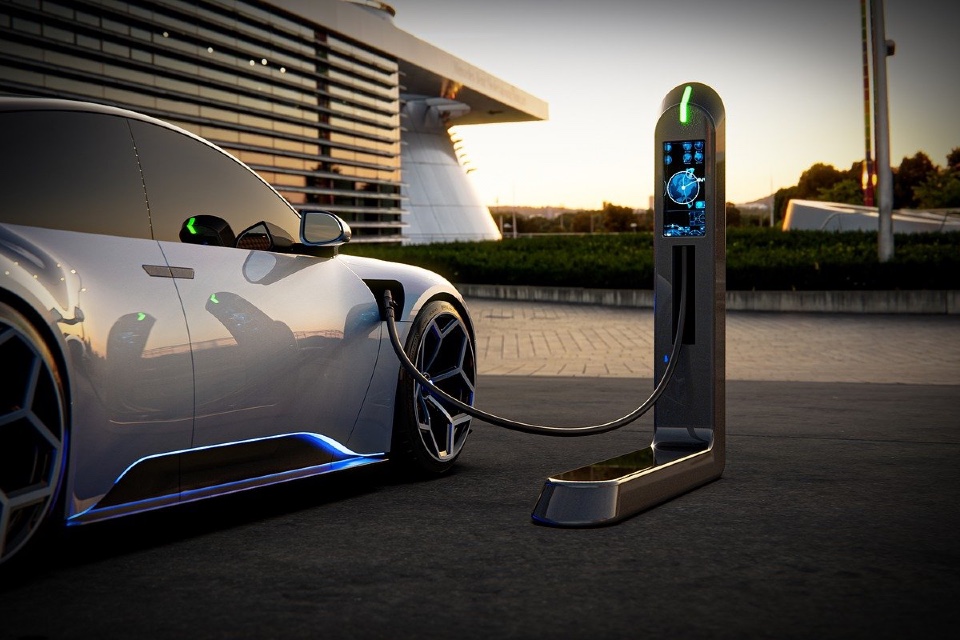
Global EV sales reached 7.7 million units in 2022, up from 1.4 million units in 2018, and are anticipated to reach 51.6 million units in 2035, driven by government mandates and infrastructure investments. That’s according to GlobalData‘s latest report, “Electric Vehicles Market Report, Update 2023 – Global Market Outlook, Trends, and Key Country Analysis,” which […]
VRA: Tipping point edges closer for EVs on price and buyer interest
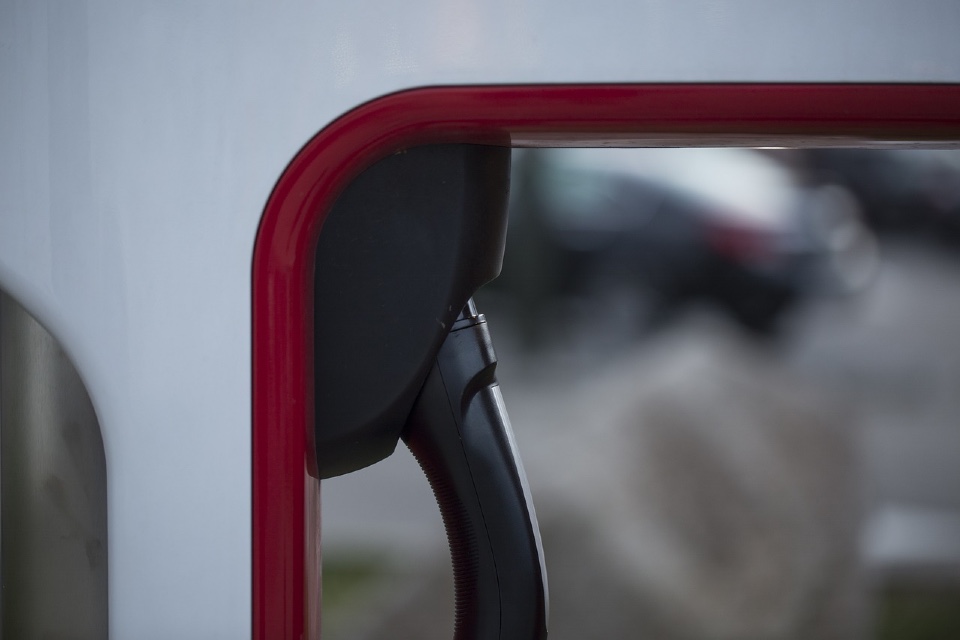
A tipping point is close to being reached where there will be widespread dealer and buyer acceptance of electric vehicles (EVs), with price parity within sight. That’s what members of the Vehicle Remarketing Association (VRA) were told at the organisation’s Annual General Meeting (AGM) last week, with Dale Wyatt, Director of Automobile at Suzuki GB […]
EV myths and misconceptions tackled in ATS white paper
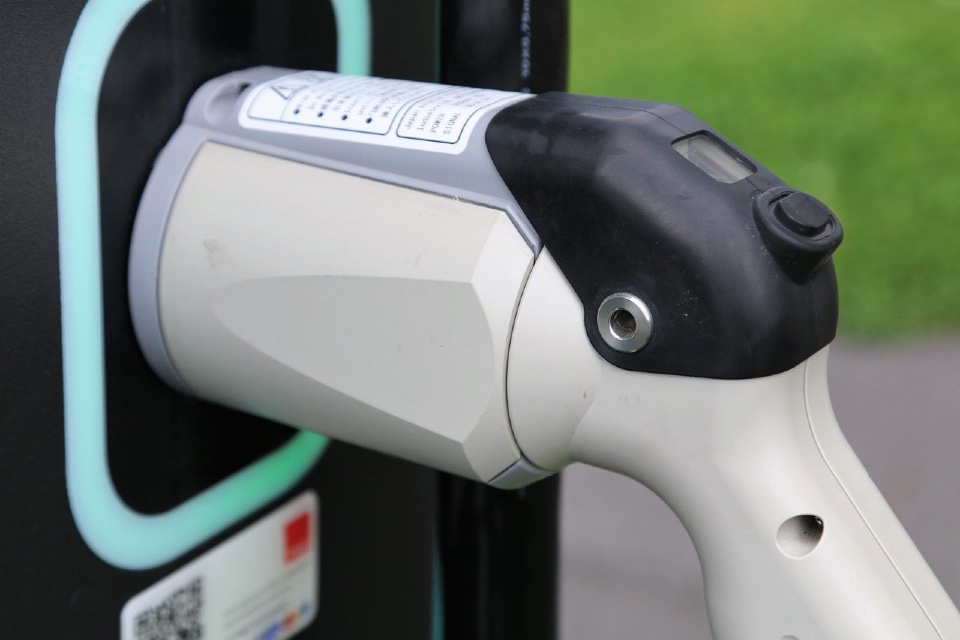
ATS Euromaster has published a White Paper with the aim of unpicking many of the myths and misconceptions surrounding electric vehicles on fleet. Called EV Mythbusters, the firm has engaged the views of experts in the electrification field to provide a more balanced perspective on fleet electrification as the sector continues to grow. The latest […]
Fortescue’s new Banbury facility to focus on powertrains for off-road EVs
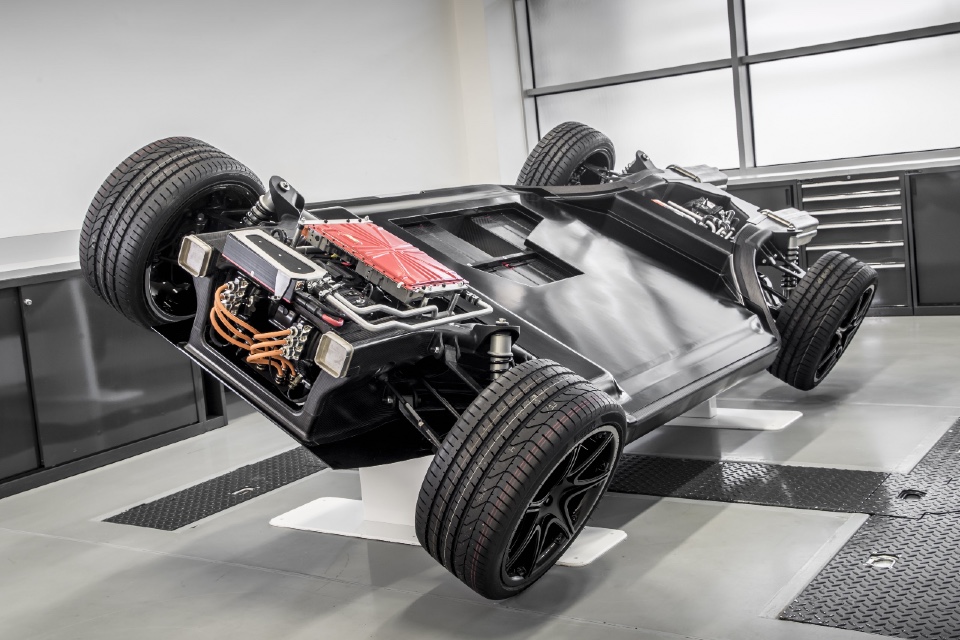
Fortescue is ‘significantly’ expanding its battery and electric powertrain and battery production operations in the UK via an additional facility in Oxfordshire that will create more than 120 jobs. The expansion is part of Fortescue’s aim to grow its British presence through the recent integration of British manufacturers WAE (formerly Williams Advanced Engineering). “With Fortescue’s […]
Rising affordability will see commercial EV market ballon to $680bn by 2027
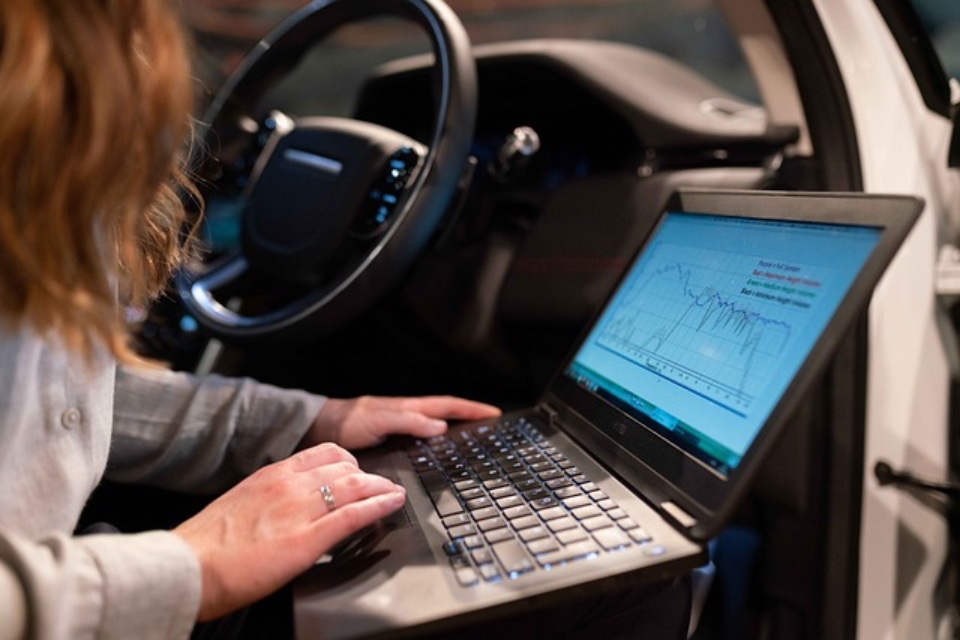
The global commercial Electric Vehicle (EV) market is projected to grow from $30.7 billion in 2020 to more than US$682 billion by 2030, driven by fleet usage and public transport. That’s according to ABI Research, which cites commercial segments such as local delivery, public transportation, logistics, and governmental fleets as being among the biggest early […]
THE WHICHEV VIEW: Global EV market penetration heading to 15%
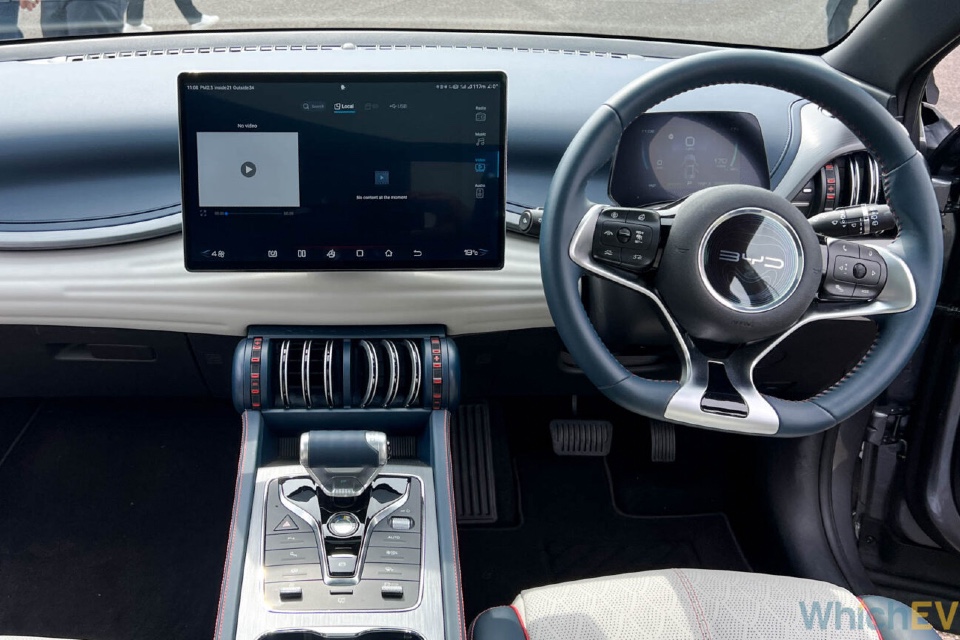
By WhichEV IDC is reporting that the number of EVs in use across world is heading toward the 12 million mark, while around 1 in 4 of the EVs sold are in Europe. BYD, Tesla and SAIC represent over 36% of the EVs sold globally (their share of the huge Chinese market is over 53%). […]
The WhichEV View: Stellantis urges UK Government to renegotiate Brexit

By WhichEV In a startling development, Stellantis, one of the largest automakers globally, has warned the UK government that parts of its car industry could be lost unless the Brexit deal is renegotiated. The company, known for producing brands like Vauxhall, Peugeot, Citroen, and Fiat, had previously committed to manufacturing electric vehicles (EVs) in the […]
LEVC takes wraps off next-gen EV platform
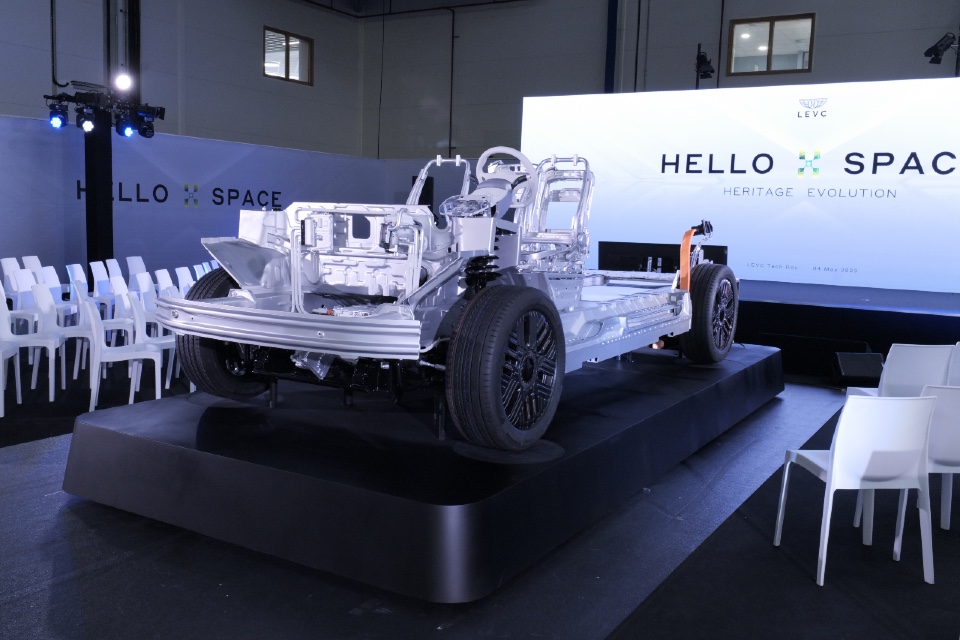
LEVC (London Electric Vehicle Company) has unveiled a new pure electric vehicle technology that it says will provide the foundation of its transformation from a high-end taxi manufacturer, to a leading provider of e-mobility solutions. The Space Oriented Architecture (SOA), co-developed with Geely Holding Group, is modular and scaleable, bringing what LEVC calls ‘interior-optimised zero-emission […]
THE WHICHEV VIEW: Solar panels – The next big leap forward for EVs?

We all know that the smaller, lighter, cheaper electric vehicles will kickstart a transportation revolution. But what about the cost of refuelling? Various crises around the world has meant a massive jump in the cost of all forms of energy. But the sun continues to shine, its power is free and available – and the […]
Charged Up? The rise of EV ‘charge anxiety’

As the British weather starts to warm up, it’s the perfect time to get out and about in the countryside. If you are one of the millions of electric vehicle owners in the UK, then you’re probably very aware of how much range you have on your left on your car before you head out. […]


